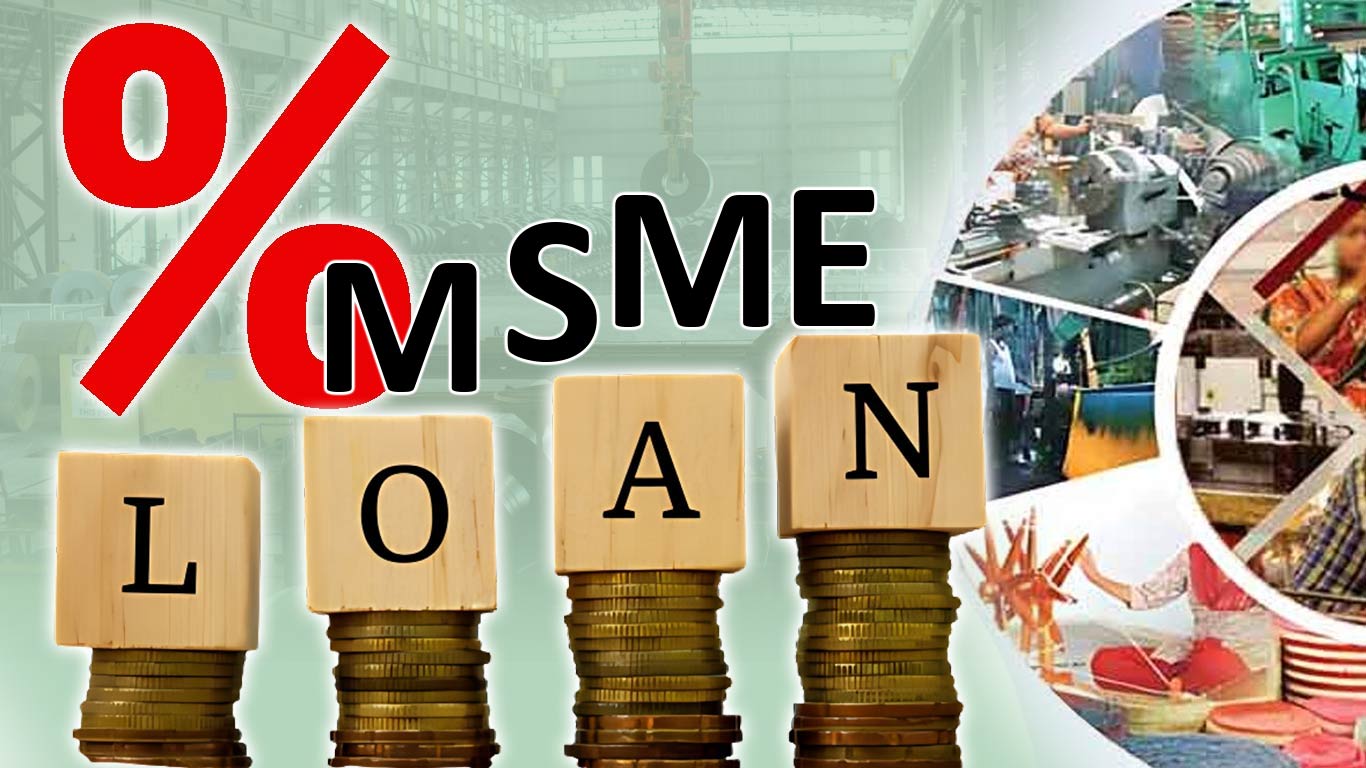India set to become world's third largest plastic consumer
Updated: Aug 19, 2013 04:02:48pm

The plastics industry in India is currently growing at a compounded annual growth rate (CAGR) of about 20 per cent on the back of multiple factors like growing economy, rising middle-class with high disposable incomes, said a study titled ‘Plastic Recycling in India,’ released by The Associated Chambers of Commerce and Industry of India (ASSOCHAM).
The micro, small and medium enterprises (MSMEs) sector accounts for about 75 per cent of the total number of 26,000 registered plastic processing units in India.
India is set to become the third largest consumer of plastics in the world looking at an upstream investment demand in excess of USD 37 billion, the study added.
Meanwhile, “Demand potential for plastics in India is likely to double from current level of about 10 million metric tonnes (MMT) to about 20 MMT by 2015,” said national secretary general of ASSOCHAM D S Rawat, while releasing the findings of the study.
Packaging represents the largest single sector of plastics and accounts for about 35 per cent of plastic consumption; moreover, plastic is the material of choice in nearly half of all the packaged goods.
The total consumption of plastics in India is about four million tonnes and the waste produced is about two million tonnes.
“The metropolitan area of Kolkata generates maximum amount of municipal solid waste (MSW) of over 11,000 tonnes per day (TPD) and over 40 lakh tonnes per year (TPY) among cities in India,” said Rawat.
Northern India generates the highest amount of MSW of over 40,000 TPD and about 1.5 crore TPY i.e. about 30 per cent of overall MSW generated across India, while the eastern region of the country generates the least amount of MSW i.e. about 17 per cent.
Besides, it is estimated that approximately 10,000 TPD of plastics waste is generated i.e. nine per cent of 1.2 lakhs TPD of MSW in India. The plastics waste constitutes two major categories of plastics: Thermoplastics and Thermoset Plastics.
Thermoplastics which contribute about 80 per cent of the total post-consumer plastics waste generated in India are recyclable plastics while thermoset plastics accounts for the remaining 20 per cent.
India has the highest rate of plastic recycling of 60 per cent, followed by South Africa (16 per cent), Japan (12 per cent), China (10 per cent), USA (10 per cent) and Europe (7 per cent).
Considering the rising demand for plastics, more emphasis must be laid on recycling of waste plastics and use of recycled plastic or its mixture with virgin plastic for manufacturing plastic articles.
ASSOCHAM also highlighted that demand for polymers in 2018 will be over 26,000 kilo tonnes and will reach to about 40,000 kilo tonnes by 2021 thereby clocking a CAGR of about 14 per cent.
However, the MSME sector accounts for just about 25 per cent of polymer consumption as the industry also consumes about 30 per cent of the overall recycled plastic.
About 48 lakh tonnes of plastic waste is dumped into world’s oceans, with an estimated 46,000 pieces of plastic per square mile of ocean which can prove to be lethal for marine life, the study said.
Non-biodegradable plastic litter that sits in landfill sites for years without degrading is the most hazardous kind of litter which is perhaps the main driving force behind recycling industry. (KNN/SD)











